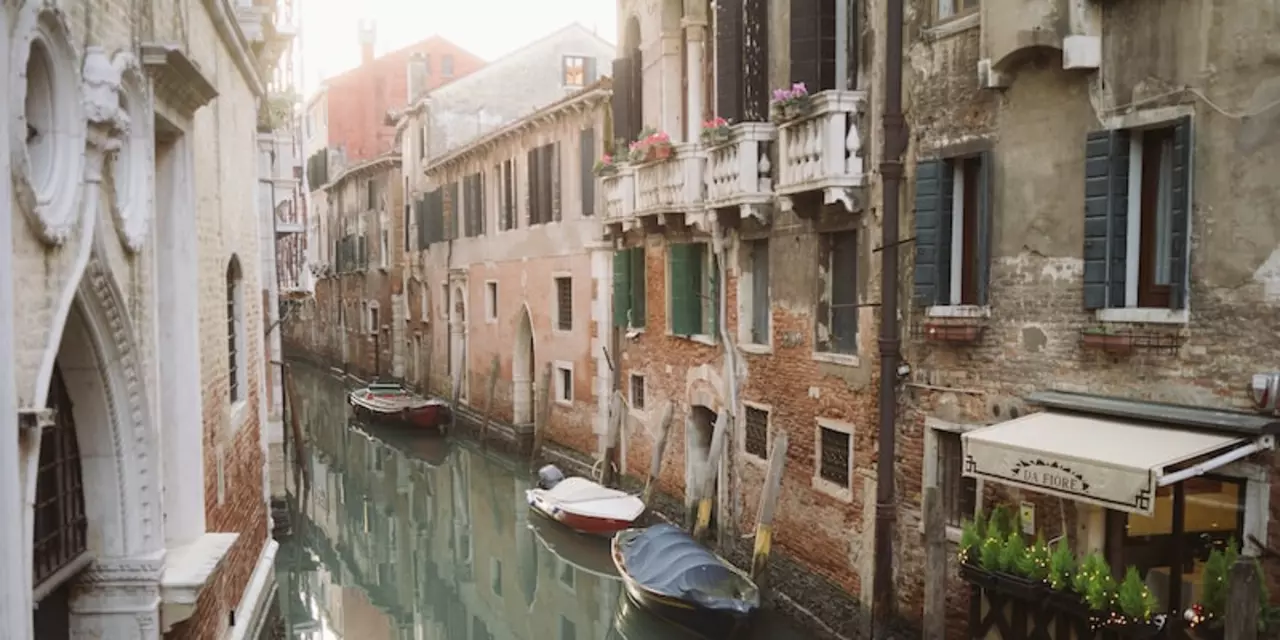Stunts in Movies: How Action Comes Alive
Ever wondered what goes on when a hero leaps off a moving train or a car flips in slow motion? Those jaw‑dropping moments are the result of careful planning, guts, and a lot of sweat from stunt teams. In this guide we’ll break down the basics, share some famous examples, and give you a peek behind the curtain.
What Makes a Great Stunt?
A solid stunt starts with a clear idea of the story beat it needs to support. Directors tell the stunt coordinator the emotion they want—fear, excitement, triumph—and the team designs a safe way to hit that feeling. They scout locations, map out trajectories, and run countless rehearsals before the cameras roll.
Safety is the non‑negotiable rule. Every stunt has a risk assessment, safety gear, and a medical crew on standby. Even legendary performers like Buster Keaton performed their own death‑defying acts, but they still relied on hidden rigging and precise timing. Modern productions use harnesses, airbags, and CGI to push the envelope while keeping talent out of harm’s way.
Another key factor is creativity. A stunt that feels fresh—like a parkour chase across rooftops or a fight in zero gravity—sticks in the audience’s mind. Indian cinema has taken that creativity to another level, with Bollywood productions staging massive crowd‑pushing sequences and gravity‑defying dance numbers that double as stunt showcases.
Famous Stunt Moments You Can’t Miss
Think of the iconic train‑jump in Ronin or the hallway fight in Oldboy. These scenes are studied in film schools because they blend story, choreography, and camera work perfectly. Buster Keaton’s “The General” still amazes viewers with a real locomotive crash that he performed himself—no CGI, just pure daring.
In Bollywood, the waterfall battle in Baahubali 2 combines massive set pieces with precision wire work, creating a spectacle that rivals any Hollywood blockbuster. Likewise, the high‑speed bike chase in Dhoom 3 used a mix of stunt doubles and CGI to keep the adrenaline pumping without compromising safety.
Even TV shows add stunt flavor. When a popular series adapts a comic book, the fight choreography often mirrors the source material’s over‑the‑top style, making fans feel like they’re reading the panels in real life. These adaptations prove that good stunts aren’t limited to big‑budget movies; they thrive wherever storytellers want to wow an audience.
For budding filmmakers, the takeaway is simple: start small, master the fundamentals, and always put safety first. Practice basic falls, learn how to rig a simple zip line, and watch how professionals sequence actions. Over time, you’ll build the confidence to design bigger, more ambitious sequences that still serve the story.
Whether you’re a fan watching the latest action flick or an aspiring stunt coordinator, understanding the behind‑the‑scenes work makes every explosion and leap feel more real. So next time you see a car soaring over a canyon, remember the crew of planners, riggers, and fearless performers who made that heart‑pounding second possible.
Did Buster Keaton do his own stunts?
Buster Keaton was a legendary silent film actor, comedian and director. He was known for his daring physical comedy and stunts. Keaton often performed his own stunts and was known for his death-defying stunts. However, he did not always perform his own stunts. For some of the more dangerous stunts, he had a stunt double who performed the stunts for him. It is impossible to say for certain how many stunts were performed by Keaton himself, but it is known that he did perform some of his own stunts.

 Entertainment and Film Industry
Entertainment and Film Industry